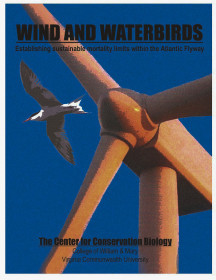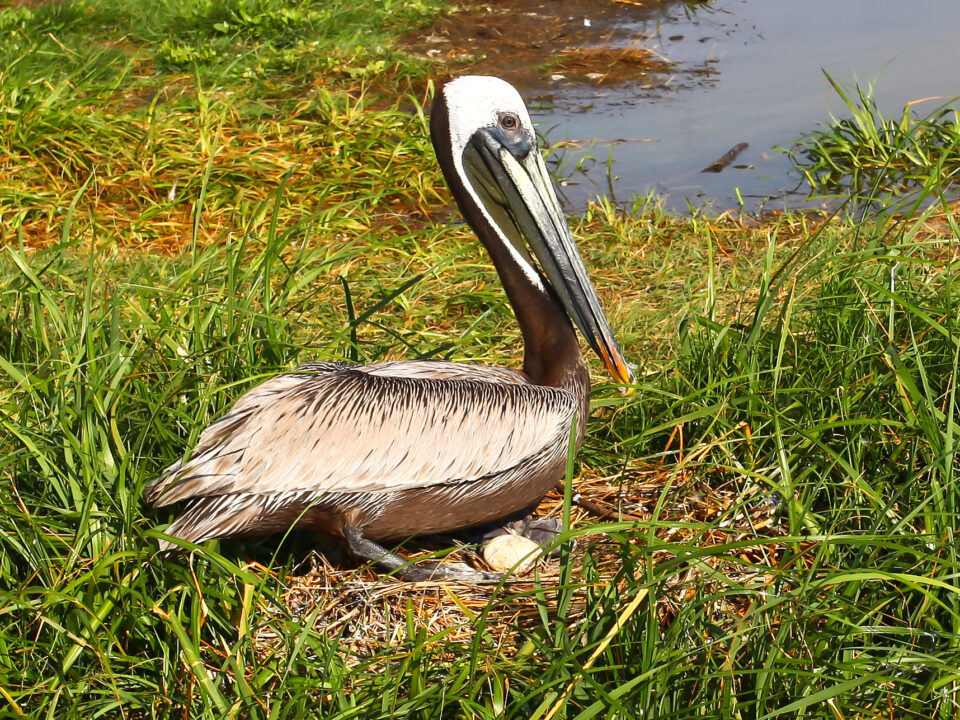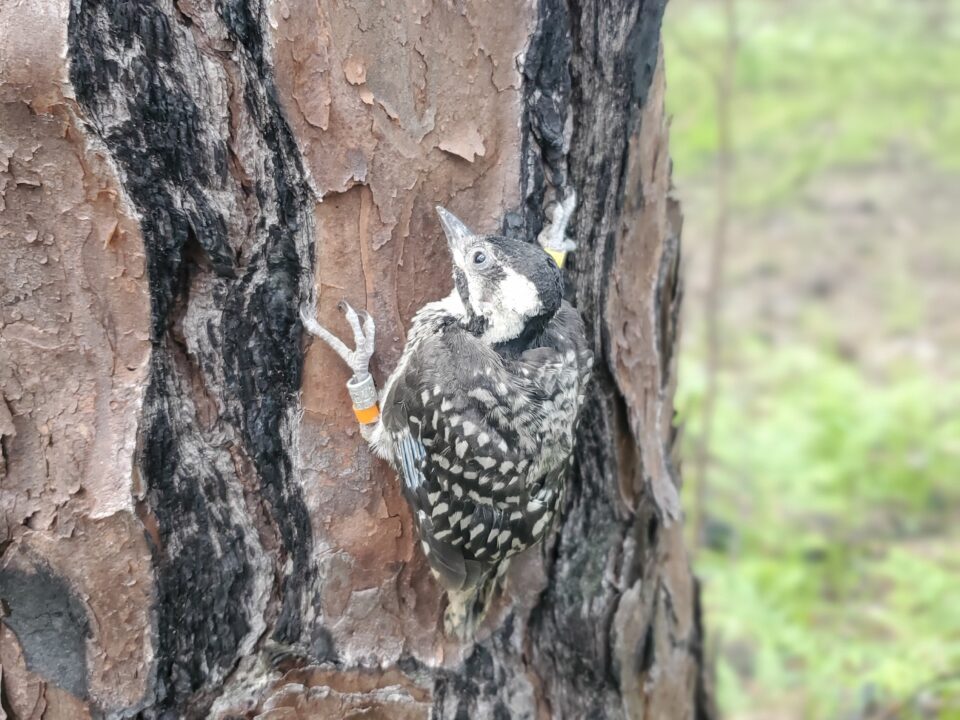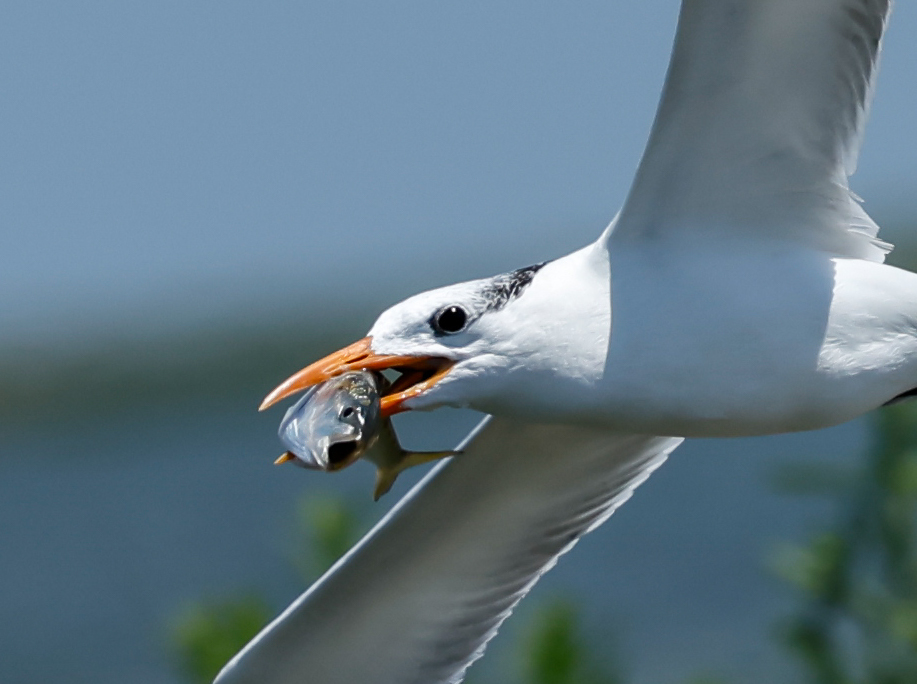Working Offshore

CCB Bald Eagle Tracking Success
December 13, 2013KE on Pamunkey River – King William County Dec 12
December 18, 2013
Offshore wind has the potential to provide the largest, scalable renewable energy resource for Virginia if it can be captured at a reasonable cost to customers. Virginia presents an attractive commercial opportunity because of its shallow continental shelf that extends offshore nearly 30 miles, its close proximity to major load centers, availability of local supply chain infrastructure, and world class port facilities.
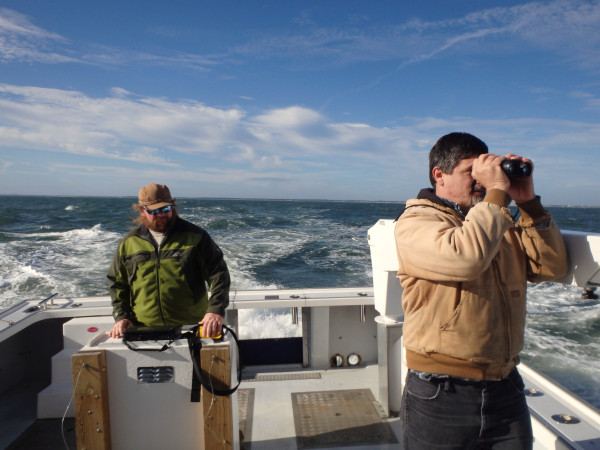
Ned Brinkley (right) surveys seabirds while Fletcher Smith (left) records observations on a GPS-enabled tablet offshore of Virginia Beach. Photo by Zak Poulton.
In early October, Dominion Virginia Power signed a lease agreement with the federal Bureau of Ocean Energy Management for 113,000 offshore acres for a wind development project. The agreement followed a federal lease auction on September 4th where Dominion won the right to develop the first wind farm off the Virginia coast. The successful auction represented only the second lease sale for renewable energy on the U.S. outer continental shelf. Fully developed, the site could produce up to 2,000 megawatts or enough energy to power more than 700,000 homes.
One of the greatest concerns with erecting offshore wind turbines along the Atlantic Coast is the potential impact to seabirds using the Atlantic Flyway. The Atlantic Flyway is one of the world’s great movement corridors for birds representing a superhighway for tens of millions of birds moving between breeding and winter ranges. Since May of 2013, CCB has been surveying birds within the offshore lease area to better understand use of the area by birds. The surveys are being conducted with Tetra Tech (a global natural resource company) and the Virginia Aquarium.
The 2013 offshore surveys are the third that The Center for Conservation Biology has conducted in Virginia including 2 years of surveys for the Virginia Department of Mines, Minerals and Energy (2003-2004) and 2 years of surveys for Gamesa Energy (2011-2012). CCB has also produced a broad population assessment of waterbirds using the Atlantic Flyway in the context of wind development for NOAA (Wind and Waterbirds).
Written by Bryan Watts | bdwatt@wm.edu | (757) 221-2247
December 16, 2013

